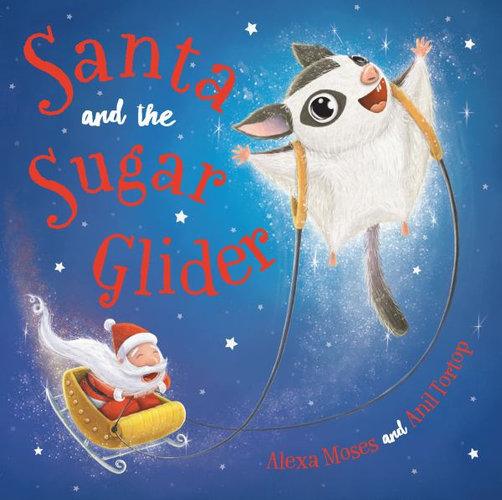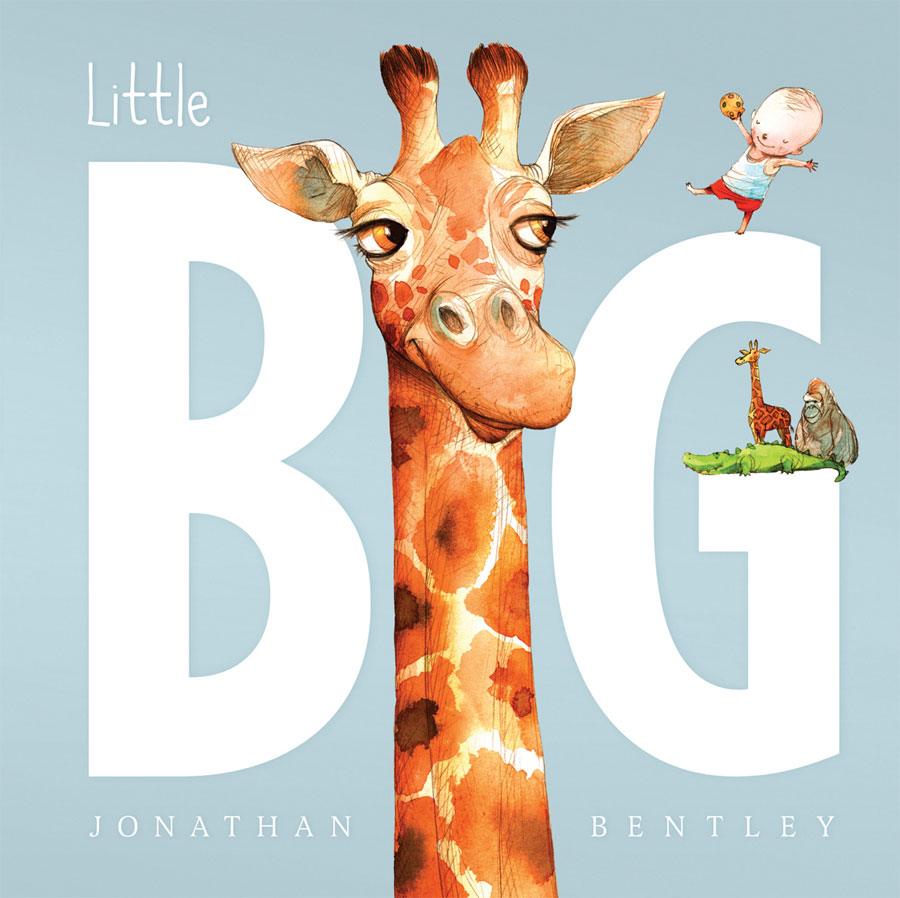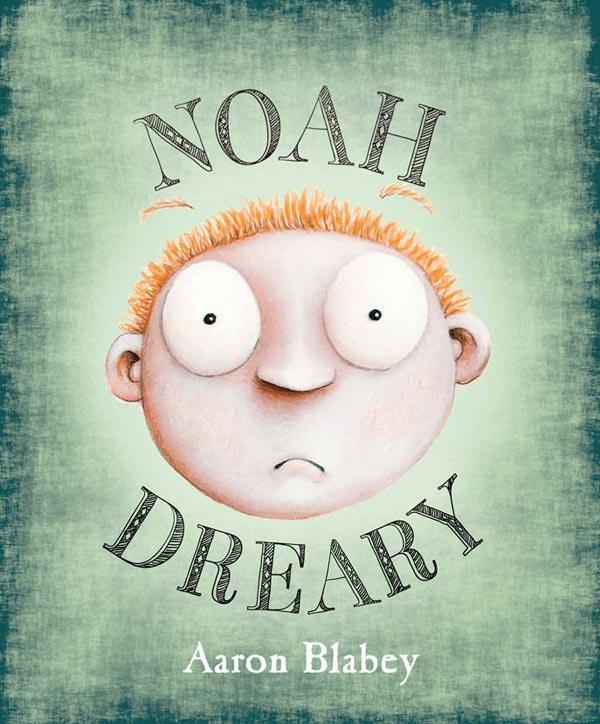Alexa Moses (text) and Anil Tortop (illustrator), Santa and the Sugar Glider, Lothian Children’s Books, September 2020, 24pp., RRP $19.99 (hbk), ISBN 9780734419521
The appetite for children’s Christmas books is a big part of the children’s book landscape; besides the thousands of stand-alone Christmas books, many of the most popular series will have a Christmas flavoured edition. Some focus on Santa and his world of elves and reindeer, others the Nativity, and still more on wintertime adventures, which for us here in Australia is bizarre. I probably wised up to the Santa deal before I realised I was never, ever, going to see snow on Christmas morning in Melbourne.
I can see why creators and publishers might try to fill the magic-sleigh-sized hole in the market for Christmas books that marry Santa and his story with the steamy Christmases we have down-under. This is where Santa and the Sugar Glider fits in. It is a Rudolph-esque story about Snap the Sugar Glider and how he overcomes negativity and discouragement to lead Santa’s reindeer pulling the sleigh.
The book starts with an attention-grabbing, scene-setting leafy endpaper. The story is set in an Australian rainforest filled with native animals, including a tiny sugar glider named Snap. On Christmas Eve, Snap witnesses a big red object crashing nearby and goes to investigate, finding Santa hampered by an incomplete sleigh-pulling team. Many animals are sure they are the ones Santa should pick to fill the vacancy; Snap included.
I’m all for more representations of what Christmas looks like for Australians, and seeing Australian animals getting title roles is a great thing (as opposed to the abundance of bear, rabbit and dinosaur books). Despite being great for those reasons, unfortunately, this book is slightly forgettable. I suspect that is probably because the story is not overly original, at least for me who first learned the Rudolph folklore as a child. If you want to share the Rudolph story with your children through an Australian lens, then this is your book.
Reviewed by Cherie Bell






